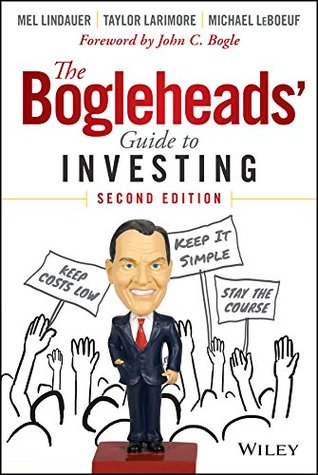More on this book
Community
Kindle Notes & Highlights
The Rule of 72 is very simple: To determine how many years it will take an investment to double in value, simply divide 72 by the annual rate of return. For example, an investment that returns 8 percent doubles every 9 years (72/8 = 9). Similarly, an investment that returns 9 percent doubles every 8 years and one that returns 12 percent doubles every 6 years.
To quote an old proverb from the racetrack, “When a man with experience meets a man with money, the man with money gets the experience, and the man with experience gets the money.”
Mr. Bogle suggests that owning your age in bonds is a good starting point. So, a 20-year-old would hold 20 percent of his/her portfolio in bonds. By the time this investor reaches 50, the bond portion of the portfolio would have gradually increased, in 1 percent increments, to now represent 50 percent of his portfolio.
Only consider investing in no-load funds with annual expense ratios of 0.5 percent or less, the cheaper the better.
Real Estate Investment Trusts (REITs) are a special type of stock. REIT funds often behave differently than other stock funds. This characteristic of noncorrelation can make them a worthwhile addition to larger portfolios. We suggest that REIT funds not exceed 10 percent of your equity allocation.
low cost is the best predictor for selecting funds with above-average performance.
there is a widely held belief that you can create a nicely diversified portfolio with as few as 20 to 30 stocks of companies of various sizes, operating in different sectors. However, that number has come under fire recently, and may no longer be valid.


